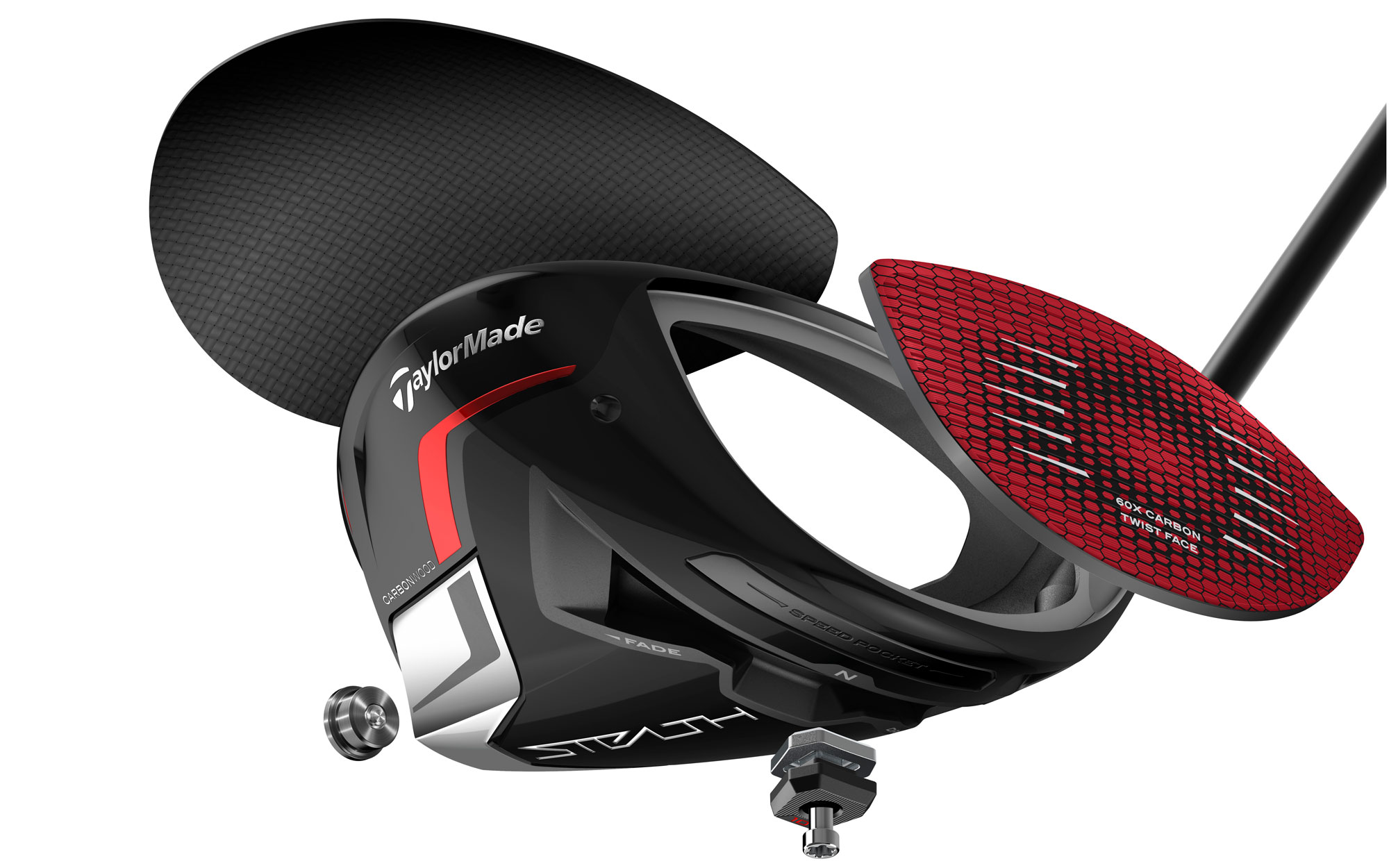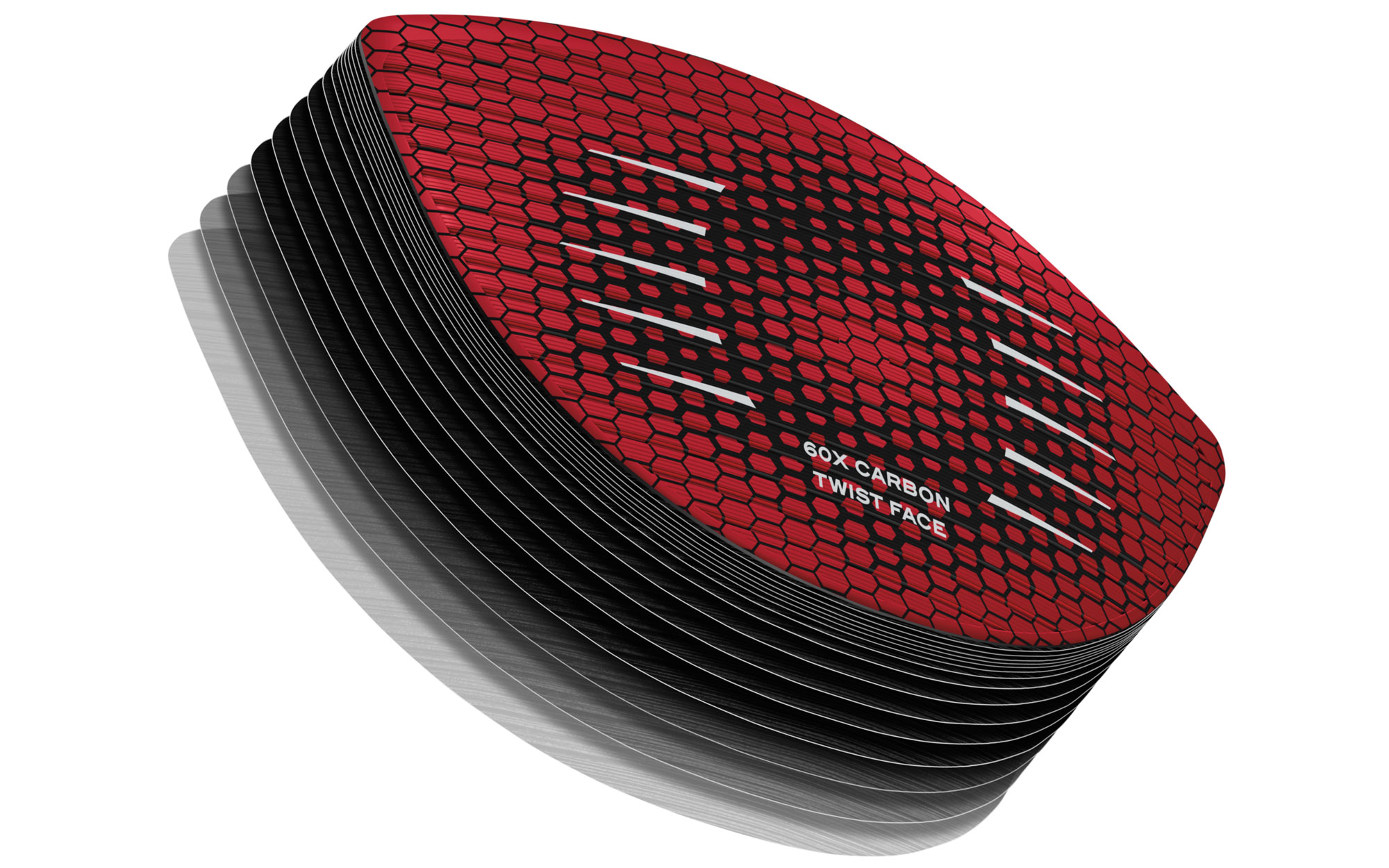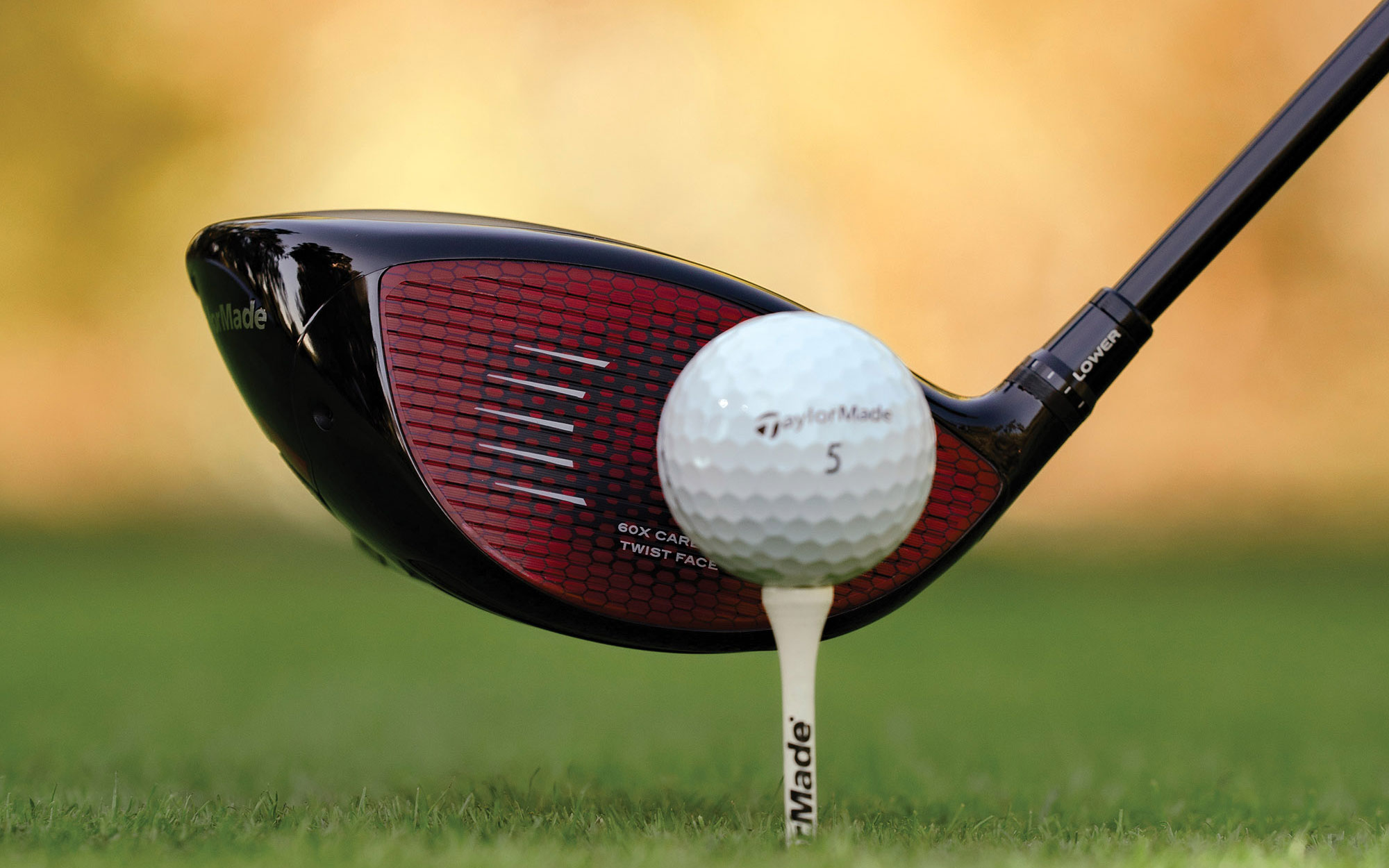The Future Of Golf Club Design
We take a look at the future of golf club design according to the R&D experts at TaylorMade

With the launch of the Stealth driver, TaylorMade claims that we are now in a new era of Carbonwoods with the introduction of the carbon face. To see how they created this technology and how it will evolve in the future, I met with Tomo Bystedt, Senior Director of Product Creation at TaylorMade.

How did your role help create the new technologies we see in Stealth today?
I have a close relationship with the design team, and we frequently discuss various ideas. As you can imagine, some technologies are promising on paper, and then in pursuit, it doesn't translate to a player – or it requires tweaking to get it to the correct performance point.
It's a collaborative process. Our role in product creation is to serve as the central hub of communication between engineering, design and go-to-market – working with each of the teams on specific aspects.
As we go into testing, we also provide direction to help us achieve our goals. For example, you can define performance in many different ways. If you decide that distance is your most crucial aspect, you will design it with stronger lofts and very low spin.
Do you start with technological innovation or a product idea?
To make Stealth, for example, when we started 20 years ago we knew there would be some performance benefits to carbon if we did it right. That set our various teams on a journey to uncovering the theories, processes and procedures to make it work. Most of the time, especially on metalwoods, it starts with a technical idea.
What sort of ideas are you looking for with drivers?
It could be a variety of things from aerodynamics, launch and ballspeed to forgiveness or adjustability – anything that can improve the performance, but it all starts with that idea.
This spurs the team to think technically about the type of product an idea can become. It's the first step in the evolution of creation and design. Obviously, not every idea turns into a product. But, because we have a relentless curiosity and willingness to explore ideas, we're able to unlock some things that maybe other manufacturers aren't.
Many times those ideas are fueled by player feedback or market demand. We prioritize staying connected with golfers at every level of the game, from the Tour to amateurs, women golfers and juniors. We keep our finger on the pulse of the game, because we never know where the idea for the market's next great innovation will arise.
How significant do you think carbon faces in Stealth drivers will be?
If we were having this conversation 10 years from now, we'd likely be saying: "The Stealth launch was radically special. It set us on a path to where we are today."
We've been working on this for more than 20 years, and it's been an incredible journey. We developed the carbon face to allow our clubs to be bigger without the typical weight penalty of having a large titanium face. It took a long time to develop in a way we could bring to market. On top of that, as each year passed, titanium developed further and the performance bar for carbon became that much higher. Through it all, I don't think we ever doubted that carbon presented the next step in driver technology.
What benefits did you see from carbon?
Several years before we released Stealth, we started to see more potential in carbon because we'd charted the performance curve of titanium and recognized that it was beginning to plateau. Despite this, we knew that we had a few tricks up our sleeves for titanium, such as Speed Injection, that could get the face consistent and fast.
At the same time, we also knew that when we invested all of our resources and the smartest, brightest minds we have, we'd begin to make carbon faces that performed better than titanium. We've been working on it for so long. We had the knowledge and understanding of how it worked. For me, it was more of a waiting game. It was about understanding the right time to go all in on carbon.

What are the benefits of a lighter face?
It begins with understanding precisely what happens at the point of collision between ball and clubface. At the moment of impact, when the ball is on the face for that nanosecond before it's gone, the face is flexing.
By softening the blow slightly and making a face more flexible, we reduce the loss of energy and the ball can rebound more effectively with better compression.
The more mass you can take out of the face, essentially the more energy you're transferring into the ball to get better speed. In addition, the carbon face allows us to take the weight we removed from the face and put it elsewhere in the club to help generate more momentum to increase ball speed.
That is the breakthrough of carbon. If there were another material as strong as carbon fibre but even lighter, that would be better. However, carbon is by far the best material we have today.
Where can you go with carbon face technology?
Now that we have a face we know is faster and lighter, we can continue to refine the design to do other things with the weight savings. The additional benefit of carbon is that it's relatively easy to manipulate in design. We can have 60 layers in the face today, but tomorrow we could have more or fewer, or change the way layers are put together to create different outcomes. We're going to investigate all the possibilities.
We are going to learn as we go along. Truthfully, we don't know what we don't know yet. There are things we will find out as we get into year one and year two. Just like this when we started with titanium and moved away from steel. We have things in the pipeline for the next couple of years, but we're excited to discover what's beyond that.

Could we see carbon-faced fairway woods in the future?
How will golfers benefit from these future developments?
The most significant benefit will be better performance for the average golfer. For the Tour player who always hits centre face, we can make incremental improvements for them. Ultimately, the average golfer will benefit the most as we make clubs that are easier to hit, more forgiving, more consistent and fly straighter. These are the things we all struggle with within the game.
Will we see similar carbon developments in other clubs in the future?
Well, the main benefit of replacing a metal face with a lighter material is to generate a better, more efficient collision with the ball.
Fairway woods have a much smaller face, so it is already lightweight. To generate an improvement, you would need an extraordinarily thin face – and they're already very thin. So, putting a carbon face in a head of this size, there wouldn't be any weight savings compared to steel or titanium. Not by the time you have bonding and everything else involved in making it functional.
What works in one club doesn't always transfer easily to another. For example, Twist Face theoretically worked for fairway and driver. When we launched M3 and M4 drivers with Twist Face, we frankly weren't ready to know exactly how to implement it in fairways. By the time we launched M5 and M6, we'd learned how much twist to put in the fairway woods, which was approximately 50% more curvature than the driver. Over time, we gained this knowledge through more testing and feedback from the market. We just had to do more testing to optimise it for the fairway.
Would I say we're never going to do it? I can't because I just don't know what the future holds. However, it's not on the horizon for us right now.
Subscribe to the Golf Monthly newsletter to stay up to date with all the latest tour news, equipment news, reviews, head-to-heads and buyer’s guides from our team of experienced experts.
Martin Hopley is one of the foremost UK equipment reviewers with over 20 years' experience. As the former founder of Golfalot.com he was an early pioneer of online reviews and has also been a regular contributor to other titles. He is renowned for his technical knowledge and in-depth analysis, which he now brings to Golf Monthly.
-
 Team Kuchar Claim Dominant Record Victory At PNC Championship
Team Kuchar Claim Dominant Record Victory At PNC ChampionshipThe family event takes place over 36 holes at Ritz-Carlton Golf Club, with Matt and Cameron Kuchar leading by two strokes going into the final round
-
 PNC Championship Full Prize Money Payout 2025
PNC Championship Full Prize Money Payout 202520 legends of the game and their family members are hoping to win this prestigious title and the healthy check that comes with it

